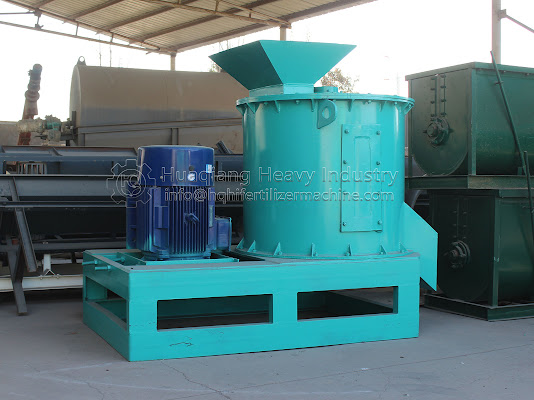How to choose the right organic fertilizer granulator
According to the survey, the utilization rate of chemical fertilizers in my country is only 35% to 40%, and the rest is fixed by soil or leached by rainwater, causing environmental problems such as water pollution and eutrophication of lakes. Experts urgently call for reducing the use of chemical fertilizers, using more new biological fertilizers, and applying more organic fertilizers. The vast number of farmers also urgently need a new type of fertilizer to meet the needs of agricultural production.
The organic fertilizer npk fertilizer production line is mainly that the previously fermented organic fertilizer raw materials are crushed and then screened, and then the raw materials of the binder and other components to be compatible are measured, batched and mixed in an automatic batching mixing system according to the proportioning requirements ( Or after further drying to produce powdered organic fertilizer), the fully mixed material is uniformly and continuously fed into the granulator by the belt conveyor for granulation.

Choose a suitable organic fertilizer granulator according to specific process requirements. There are many types of granulators, such as roller extrusion granulator, disc granulator, rotary drum granulator, etc. For those with strict particle size control, it is recommended to use a roller extrusion granulator, and for those with general requirements for particle size and larger output, it is recommended to use a drum granulator for organic fertilizers.
Basically all granulation drying processes can be granulated with a double roller granulator. In particular, the particle size of the raw material powder is less than 2 mm, preferably less than 1 mm, which is very suitable for extrusion granulation. Crushed stone, powder, crystalline, granular and pellet raw materials are suitable. For potassium chloride, lower cost standard grades and by-products or products too fine to mix are suitable for extrusion. Although granular urea can be used, powdered or crystalline urea of very small size is more suitable. In some cases, the particle size of the raw material varies so much that larger particles should be broken up first, resulting in a more even distribution of nutrients in the product.



Comments
Post a Comment